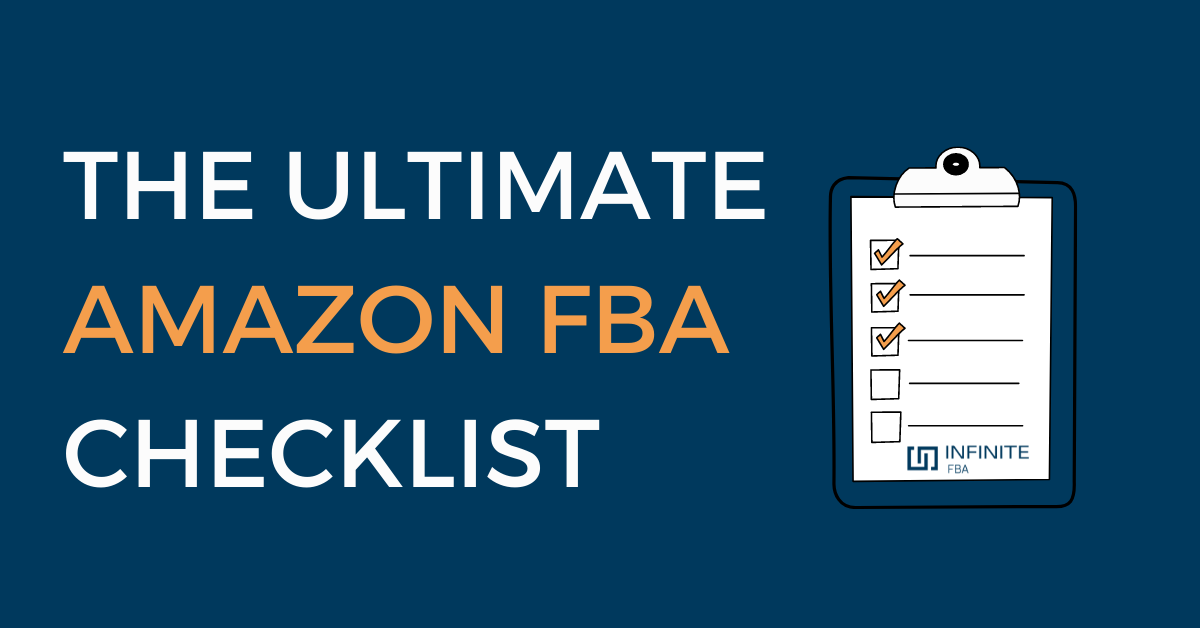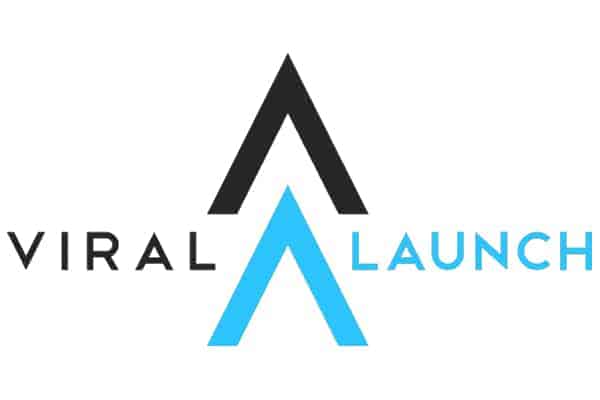Fulfillment By Amazon is a widely popular selling program offered by the online marketplace, taking out a lot of the usual stressors from selling in e-commerce.
Although they do a lot of the work for you, it still takes effort to get your business off the ground, which is where a simple checklist can help.
What is an Amazon FBA checklist?
Creating a checklist for your new Amazon FBA business helps you tick off every step in the process to ensure you don’t miss a thing. On this checklist, you’ll need tasks like market research, finding a niche, sourcing products, and monitoring sales, so it helps with all parts.
If you’re planning on selling online with Amazon and will be using this fulfillment method, a checklist can be invaluable.
To ensure you cover all of the important steps, we’ve created one for you that will give your business the push it needs to get started.
Why Do You Need A Checklist?
The Fulfilment By Amazon service is offered by Amazon as a way for them to handle storing, shipping, and customer service for your e-commerce store.
Before you can get to the stage of them doing these tasks for you though, you need a solid business model and an established plan of how you’re going to bring in the profits.
Selling anything online requires a lot of moving parts and it’s easy to forget some of the most crucial elements when you’re busy with the rest of it. a checklist is a tried and trusted method for remembering things, whether it’s a trip to the grocery store or developing an e-commerce store from the ground up.
Having an idea of what’s required to start an FBA store is also a great way to see if this business model is for you.
You’ll get a sense of what’s required on your end and whether or not it aligns with your selling plans before you get started in the process and decide it’s not right for you halfway through.
The Essential Amazon FBA Checklist
A business plan is imperative in all industries and organizations, and if you’re new to selling products online, it’s crucial.
Before you jump in and create a selling account with Amazon for your new FBA business, read through this checklist that takes you through the most important steps along the way.
#1: Do Some Research
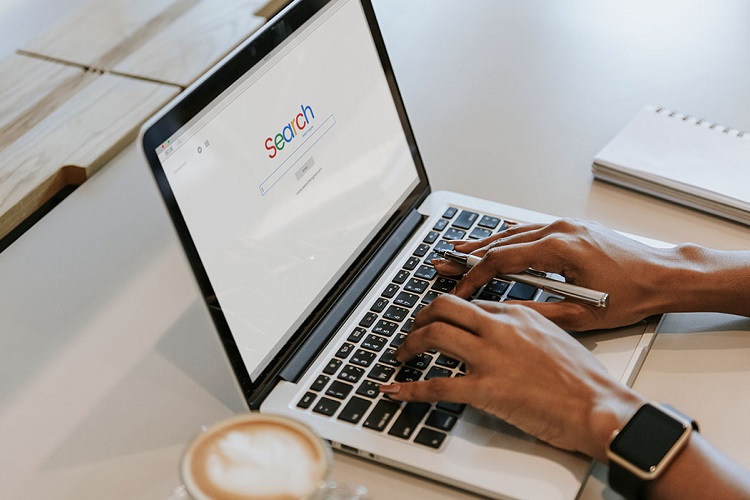
The most crucial step in the whole process is the first one, and it involves doing a lot of research into what the FBA program is all about.
You’ll want to consult Amazon’s official articles and FAQs about their fulfillment services and what it means to you as a seller, as this business model doesn’t work for everyone. Check out articles by other FBA sellers for their advice and to see the pros and cons of using their service.
Spend some time looking around Amazon’s product listings and see what’s popular and what might appeal to you as a seller. While profits are an important part of running a business it also helps if you feel good about the products you’re selling, so have some in mind that interest you.
Best Amazon product research tools to help you find a product.
#2: Create an Amazon Seller Account
Amazon makes it incredibly easy to complete this step, as you can jump onto their website and create an account in mere minutes.
If you already have a selling account that’s on the Individual plan, you’ll need to upgrade it to a Professional plan. Unfortunately, this comes at a higher cost with a monthly subscription rate of $39.99 but you’ll easily recoup these costs once you start selling.
Once you have a Seller Central account, you can then make changes to it so that you’re operating as a Fulfilment By Amazon business. There are some steps here they’ll take you through and various bits of information they need, so be prepared with all of your business details so the process is easy.
#3: Choose A Niche
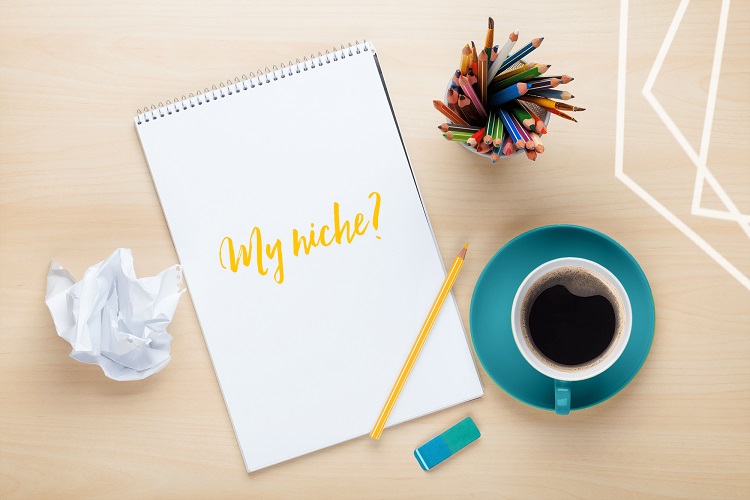
Choosing a niche for your online business is important no matter how you’re selling, but it’s how you set the tone of your brand.
If you don’t have something in mind already, choosing a niche that’s proven itself as profitable on Amazon is a great place to start. If you are committed to a specific industry, make sure it’s going to be profitable before committing to it.
There are a few ways you can find these niches, including keyword research, looking at competitor’s keywords, choosing high-demand categories, and avoiding seasonal niches. You’ll probably want to start with just one or two and expand as your business grows, so don’t go too overboard.
Related: Best products to sell on Amazon.
#4: Find Products and Categories to Sell In
With the right niche, then you can delve further into the products and categories within it that will be profitable.
Again, this part is all about research so you’ll need to compare how the competition is operating and what products are currently trending.
When deciding on the products you’re selling, think about how many units you plan on moving each day, week, month, or year. Look at the cost price of them and what kinds of savings you can make when you buy in bulk.
Check whether they belong to gated categories that require approval from Amazon before you can start selling them and gain the relevant approvals before you begin.
#5: Source the Products
As the supplier in the FBA process, you’ll need to find the goods that you then provide to Amazon who will store and ship them for you. The most popular places are manufacturers like DH Gate, AliBaba and AliExpress, but there are loads of competitive options to choose from.
If you’re buying lots of products, it’s best to get a sample from the possible contenders so you can see the quality and level of service for yourself. You’ll then want to choose the manufacturer who can offer you the best price per unit for the highest quality product, and the one that can deliver the fastest.
Figure out how you’ll get these products to Amazon’s fulfillment centers so they can complete the orders. In most cases, the manufacturers have shipping services that can integrate with Amazon so it’s sent directly there, which saves even further hassle. FBA will need the products in their warehouses before you can start selling them.
#6: Consider Amazon’s Fees
When calculating things like budget, profits, and the cost price of goods, don’t forget to include Amazon’s fees in your work. Using the FBA method does save a lot of time for the business owner, but there are extra costs for all of the work that Amazon’s fulfillment team does for you.
In general, there’s a fee attached to every product sold with FBA, usually around $3.00. You’ll then have to pay the usual percentage of the cost price, which varies in each category.
If you have a Professional plan, there’s the monthly subscription fee which has no limits on the products you can sell. Come up with a budget that includes how many items you plan on selling, what your profit will be, and how much of that Amazon might take.
Related:
- How much does it cost to sell on Amazon
- What does COGS mean on Amazon
- Is selling on Amazon still worth it?
- Amazon seller payment schedule
#7: Pick a Name and Branding For Your Store
Amazon has close to 10 million sellers online currently, which means you’re joining a large pond like a little fish. You want to do whatever you can to stand out from the pack, which is why branding and a store name are so important.
When choosing a store name, keep it as simple as possible, and try to allude to whatever it is you’re selling.
You’ll need to market the store and products, including social media, newsletters, SEO, and delivering stellar service to customers to receive good ratings, and all of it counts towards building a good brand image.
Have a few marketing strategies ready to go for when your store finally launches so you can be prepared.
#8: Apply for a Trademark and Brand Registry
Any Amazon store worth their salt has a brand name and it’s easy enough to do online. Once you’ve established the name of your store you can then register it as a brand and get the name trademarked so that nobody can rip off your business.
If you create goods yourself, being branded is even more important. There are additional steps to take if you’re selling privately brand items like clothing, so make sure you check Amazon’s guidelines first.
Acquiring a brand registration and a trademark is essential for a professional e-commerce store, and although it costs a few hundred dollars, it’s worth it.
#9: Create Your First Product Listing
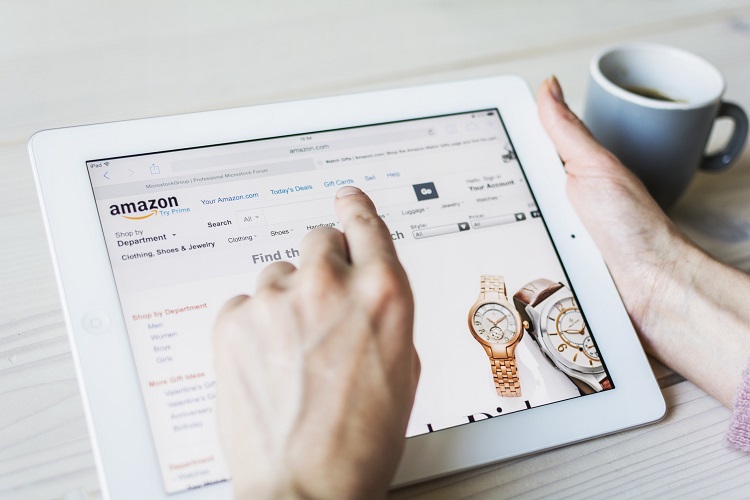
With everything set up, you’re now ready to list your first product on Amazon.
Create a new listing and ensure you’ve got all of the relevant information like weight, dimensions, brand name, barcodes, and images before you post it.
As Amazon already has the products in their warehouses, they take over the process from here, including the customer service and returns.
Your main role is to keep your business visible, offer discounts and promotions, and do what you can to rank higher organically and with paid advertising.
Related: Listing quality score on Amazon
#10: Analytics and Reporting
Even if it seems that your FBA business is doing well, that doesn’t mean you should let it run on autopilot.
It’s essential to keep a track of all aspects of your e-commerce store with detailed analytics and reporting. If there are any issues, you’ll know about them immediately, and it’ll give you a good idea of what’s working within your store as well.
Using this information from tools like Helium 10 or Jungle Scout, you can then implement marketing strategies, make changes to your product offerings, and adjust prices.
Although you’re hands-off for much of the sales process, it’s what you do to improve your store’s ranking and the quality and price of your products that will guarantee success.
Check Your Way to Success
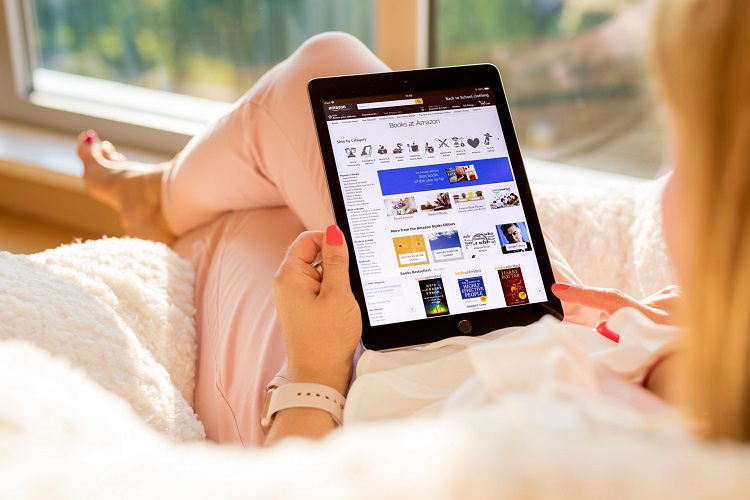
Checklists are one of the most trusted ways to do anything properly, and if your goal is to start an e-commerce business, they’re essential.
With our rough guide for an Amazon FBA checklist and your own ideas about what else you might need to do, you’ll have everything planned and guarantee yourself a lot more success in the process.
Related Questions
Fulfillment By Amazon is an advantageous service for people who are interested in e-commerce but perhaps don’t want to take on all of the responsibility themselves.
Before you decide whether this business model would work for your Amazon store, read on for some FAQs that can answer more of your questions.
What Are the Best Products to Sell With FBA?
Choosing categories and products with bigger profit margins is the best way to make money using FBA, but these change constantly depending on market trends.
Currently, the best sellers on Amazon for FBA include baby products, jewelry, books, working clothing, and anything electronic including devices and accessories.
Can I Cancel Amazon FBA?
Yes, you can cancel the FBA service at any time by heading to your account info on your dashboard, as long as there are no active or outstanding orders.
If you want to keep your Amazon selling account but change the fulfillment method so you no longer use FBA, this can be done also.
How Are FBA Fees Calculated?
Fulfillment by Amazon fees are calculated on a per-item basis, including a percentage of the item’s price and then another fee on top of that for the fulfillment services.
The FBA fee is usually around $3.00 per unit, but sometimes more or less, and you’ll pay around 15% for the referral fee of the product as well.
Resources

